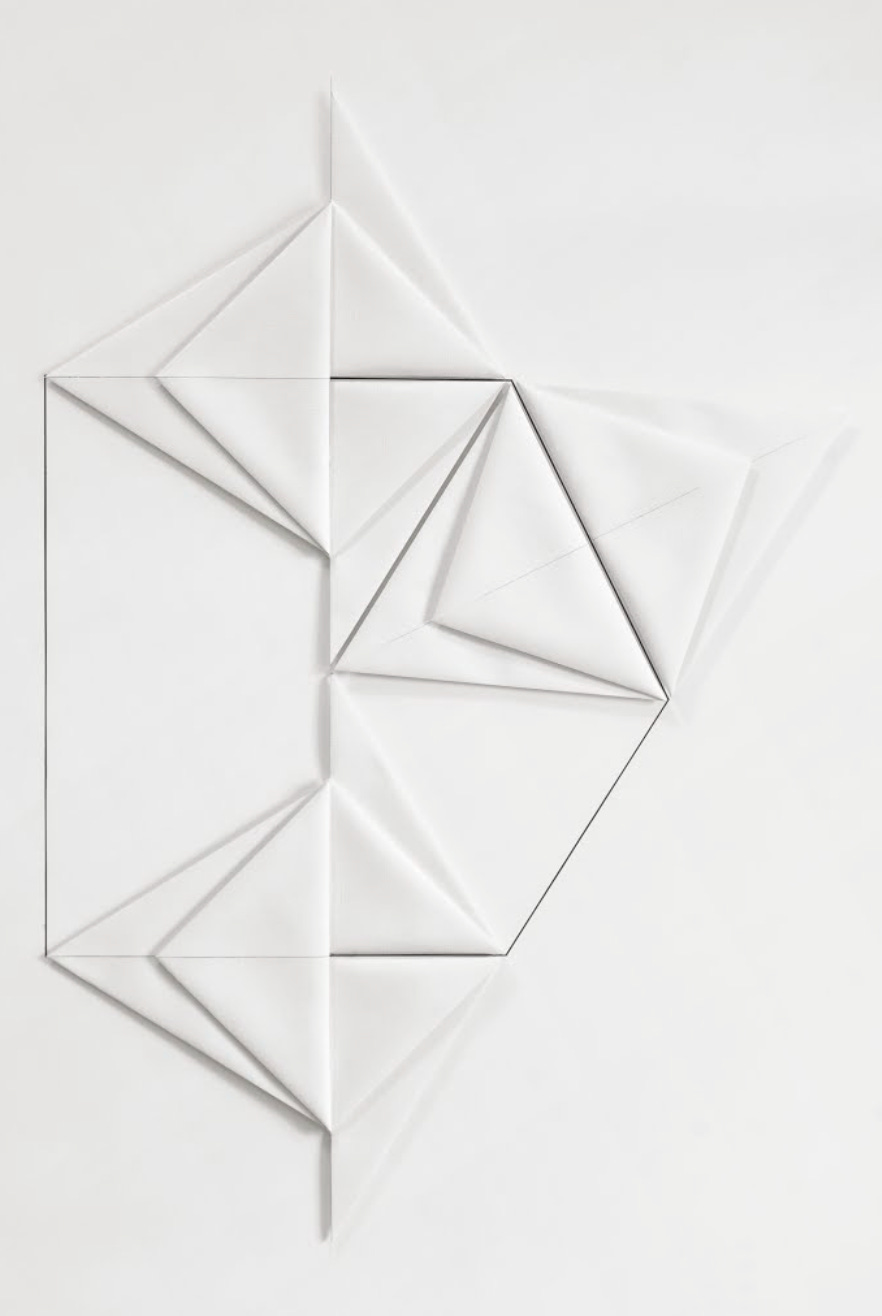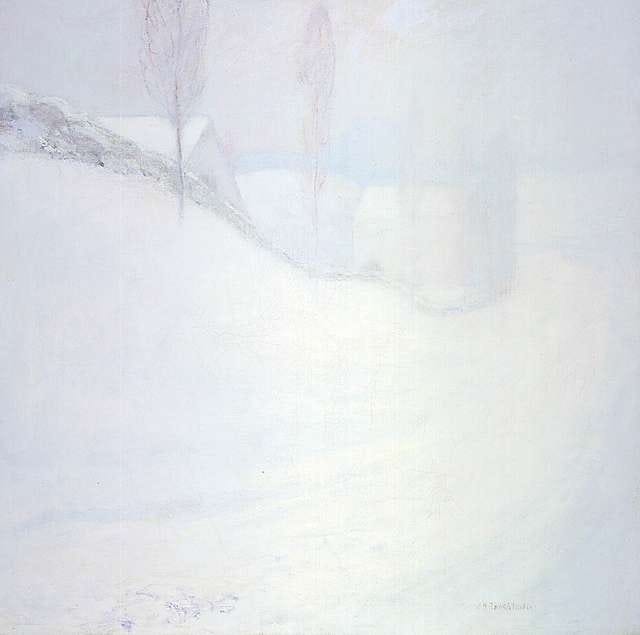In Bed, Édouard Vuillard, 1891
Musée d’Orsay, Paris
Paris, France
This work is the most brilliant formal variation of one of the favorite themes of the Symbolist culture – sleep, and loss of consciousness. The calm neutral color scheme conveys an idea of silence. It deepens only for the human face and the cross on the wall truncated by a horizontal cream band. (Musée d’Orsay)
See
Egyptian Painting: Sahura by Dorothea Rockburne, 1980
93 x 64 1/4 inches-Conté crayon, pencil, oil, and gesso on folded linen with wall drawing
Mother by Joaquin Sorolla, 1895
Mother and daughter are shown resting peacefully or perhaps exhausted, turned towards each other, with only their heads emerging from a sea of white - the baby still rosy from the birth and the mother with a subtle pallor. This canvas is an exceptional technical feat and also one of the best examples of Sorolla’s ability to transmit intense physical sensations and equally intense emotions through his handling of light and color. The emotion of the husband/father and the artist’s gaze are blended in the filtered light, which caresses the whiteness from which the two heads emerge as if the whole world is reduced to the all-absorbing intimacy of this moment of repose.
Ecriture No.16-78-81, Park Seo-bo
White Monochrome Period
Round Hill Road, John Henry Twachtman, ca. 1890-1900
Say
There is an overlap in the mood and symbolism of all of the works presented here. The most cliché connotation of white is purity, innocence, and goodness. However, that’s not exactly the feeling I get from these works of art. Can you name the feeling?
Do
The two images below were created 100 years apart. How are they the same? What parallels does the snow-covered world provide? Can you tell which is older by looking at them?
Richard von Drasche-Wartinberg: In Deep Winter, 1923
Shannon Steven, Photo: Creek in Winter, 2023
Please share your reflections with me by replying to this post and tagging my Wonder Wander Facebook or Instagram pages!










